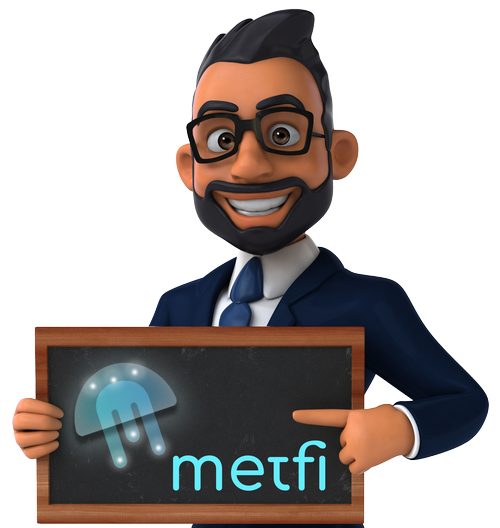So What Really Are NFTs?
NFT stands for non-fungible tokens. Ummm, ok, and what is that? We’re gonna try and demystify it here.
Something which is fungible is interchangeable and not unique. Money is fungible. One 100$ bill is indistinguishable from another in value. The banknote itself may be unique, but its value is not. Furthermore, the 100$ banknote can be exchanged for five 20$ bills, the combined value of which is still exactly 100$.
In contrast, something non-fungible is not interchangeable. It is genuinely unique. It may be tradable, but yet non-fungible. You could have two completely interchangeable and indistinguishable mp3 files of the song Bohemian Rhapsody. They would be fungible. The actual song itself, however, is completely unique and original, and thus non-fungible.
That brings us to the point of non-fungible tokens, or NFTs, because they provide the digital means to record and secure the originality of something. In the case of the classic and priceless song, Bohemian Rhapsody, the fact that we can make limitless and lossless digital copies of the song, somewhat trivializes its value. However, if or when an NFT of the original manuscript and digital master of the song is created, the value of that would be astronomical, and such an NFT would more accurately represent the true value, or at least perceived value of the song.
NFTs are based upon blockchain technology. The immutable or unchangeable nature of blockchain technology ensures the authenticity and integrity of NFTs. When the originality of something is ensured, its value becomes much more defined and enhanced.
The NFT art sensation took the world by storm, bringing fortune to some, but ruin to more. That is the nature of hype, and we can not deny the fact that the trend was overly hyped up and some NFT purchases were downright nonsensical, with perceived value that is very likely hugely inflated. But who knows? Time will tell. Regardless of what becomes of the NFT pop art craze however, NFT technology itself has hugely untapped potential.
Art NFTs fall under the broader category of collectible NFTs. Blockchain technology allows us to verify without manipulation, the originality and uniqueness of various digital media, ensuring genuine ownership.
However, NFTs can also be a utility asset. They can be used to store and ensure the originality of any form of digital information. Utility NFTs may prove to be even more valuable than collectibles due to broad and tangible functionality. Some experts believe that NFTs will serve as a verified storage medium for stocks, property and other assets. This is very plausible considering the fact that NFTs have the functionality to store accumulating information. In the case of property NFTs, they could include photos of the real estate, occupation history, and more, bringing enhanced usability and value.
MetFi has cleverly used NFT technology to serve as users’ virtual proxy in the MetFi ecosystem. MetFiers’ staked MFI tokens are recorded with their NFTs, along with all records related to users’ performance in the attractive MetFiers Reward Program. This creates an innovative and unique scenario where MetFi NFTs are both collectable and utility NFTs combined. And importantly, MetFi NFTs determine users’ voting power in the MetFi DAO. As MetFiers build their community and refer more and more people to MetFi, the value of their NFTs increase. Users have complete ownership of their NFTs and have the freedom to sell or transfer them at will. MetFi gives us a clear user case for the wider potential of NFT innovation which is sure to impact our lives in countless ways in the near future.

